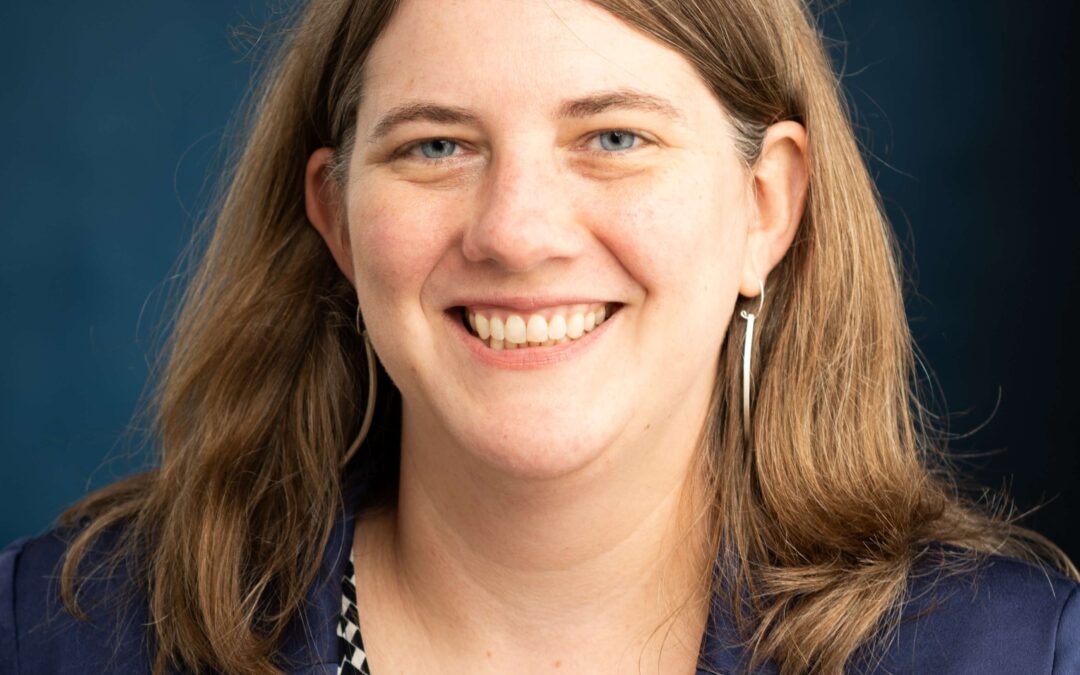Understanding the effects of place on household level outcomes
When CID Student Fellow Alumni Economist Nishaad Rao was a teenager, he was convinced he wanted to be a physicist.
“When I was in high school, I thought that Economics was basically what people who work in banks do and the stock market and things like that,” he laughed. “I wasn’t too interested in it at all, but I was really interested in Physics.”
Nishaad thought his path was clear, so he went to the University of Wisconsin – Madison to pursue his Bachelor’s in Physics.
It wasn’t until an on-campus summer internship in physics fell through that Nishaad took the leap into Economics.
“I took a field work internship in India that was an Econ internship. It involved interviewing farmers in rural India, and it was eye-opening for me, having grown up in a city. I got to go to all these different villages and learn more about how they lived. I surveyed farmers about their agricultural activities and how they sell their crops on the market,” Nishaad explained.
The internship gave Nishaad his first experience understanding that Economics and Public Policy can have “real effects on the lives of people.”
“Farmers received small loans and a certain amount of free seeds. They were little things that were very important to the farmers, and they were all coming from this public policy framework. The framework could often be ineffective, struggled with corruption, and had all these problems, but it was still very powerful for me to see people who really relied on these programs.”
The experience stayed with him. When Nishaad returned to Madison, he said he began to take Economics much more seriously. “It helped that Physics was becoming too abstract to hold my interest. I was already looking for something a bit closer to the real world.”
Nishaad began talking to faculty in the Economics department. “One mentioned that a professor was looking for undergrads and liked working with students,” he said. “Steven Durlauf – who now runs the Stone Center at Chicago – took me on as one of his students the following summer.”
That’s where Nishaad said he really got into studying inequality. “What are the various processes that govern inequality? Why do we have inequality? What leads to persistent inequality?”
Nishaad entered the master’s program in Economics at Wisconsin and continued working with Steven. “I worked with one of his graduate students and we wrote a paper together. Looking back, that paper was very much a ‘Michigan-style’ Economics paper. It included a lot of empirical analysis, really good use of data, and answered a theoretically-motivated question.”
Studying Inequality Through Theory and Data
When Nishaad started applying to Ph.D. programs, he said he knew he was interested in questions of inequality and that he wanted to answer these questions using a combination of theory and data. “My impression at the time, and I still think it’s true, is that the University of Michigan has amazing data sources.”
It was studies and sources like the Panel Study of Income Dynamics and the Health and Retirement Study that drew Nishaad to U-M. “It seemed like a natural choice that my application to Michigan would be a match. I hoped it was, and it was a very good match.”
When he arrived at Michigan, Nishaad connected with Economists Matthew Shapiro and John Bound, who would become his two main advisors. “They were clearly interested in inequality, and there weren’t many faculty who were focused directly on inequality at the time.”
Dr. Bound recommended that Nishaad speak to faculty in Sociology as he worked to hone in on his area of focus. Nishaad soon met with Fabian Pfeffer, founding director of the Stone Center for Inequality Dynamics. “It was a natural connection to make,” Nishaad explained. “He had done his Ph.D. at Wisconsin, knew Steven [Durlauf] as well. In the Econ department, there wasn’t a focus on questions about inequality, and it was Fabian’s whole thing.”
Nishaad soon after joined Fabian’s Inequality Lab, the predecessor of the Stone Center.

Connecting Economic Literature to Wealth Inequality
Early on in his graduate program at U-M, Nishaad realized that there’s a real difference in the way U.S. places grow economically depending on their geographic locations. “There are a lot of complicated questions about segregation by both race and income. There are lots of historical questions and reasons about why the U.S. is structured this way, so what I got really interested in is how do these patterns of economic growth produce winners and losers? What are the long-term consequences of this uneven growth that leads to such economic inequality?”
Nishaad cited San Francisco and Detroit as an example. “San Francisco has been doing extremely well, and Detroit has not been doing well. What does that mean in terms of wealth? What does that mean for the people experiencing these markets?”
Wealth is a critical component to persistence in economic success. “Some people get a leg up in life because of where they come from. If parents or family did super well, they pass those advantages along to their children, and so on,” Nishaad said. “Wealth persists and leads to accumulated wealth in a way that income doesn’t always do.”
In the first years of his Ph.D. program, Nishaad said economic literature didn’t focus on wealth accumulation the way that some fields like sociology did. “One of the reasons for that is because there wasn’t a lot of data that existed on wealth. One of the advantages of being at U-M is that Michigan has rich data on wealth and I was close to people who knew this data really well.”
Nishaad analyzed the data to discover what happens to the wealth of people experiencing growing markets. As a fast-growing market becomes more popular, more people want to move there. “Then people want a fancier house, and people demand more housing, which puts pressure on housing prices,” Nishaad explained. “Because housing is a limited resource, with geographical and often political restrictions, the solution isn’t always straightforward – to build more housing there. In San Francisco, there are strict restrictions on how much housing can be built, which also limits what’s available for a growing, wealthy population.”
Nishaad’s dissertation focuses on these dynamics as they play out. “If you own your own home, you are going to find that because of this general growth in markets your house is really appreciating in value, so you become wealthier. Homeowners get all of these benefits in terms of your income – which is presumably growing if you’re in San Francisco, probably doing great.”
Nishaad successfully defended his dissertation, “The Intergenerational Wealth Effects of Local Labor Markets,” in July 2023.

Title: Median Net Worth in the United States by Percentile Groups
Description: This figure plots the evolution of median net worth between 1995 and 2019. The numbers are calculated from the Survey of Consumer Finances (SCF). Median net worth is plotted according to four percentile groups: 0-25th percentile, 25th-50th percentile, 50th-75th percentile, and 75th-90th percentile. The trend suggests that the wealth of the top two percentile groups has been diverging away from the bottom two in this period.
How do the local labor market experiences of parents shape their children’s wealth, and how does this affect wealth inequality?
Children who grew up in better local labor markets have, on average, $30,000 higher net-worth as adults. This association is only true for the children of homeowner parents. “To measure the aggregate effect of this divergence on wealth inequality, I built a parsimonious, multi-region model, and found that dispersion in local labor market growth accounts for 40% of the rise in wealth inequality amongst the bottom 90% of households,” Nishaad explained.
Between 1999 and 2019, income and house prices have diverged across local areas in the U.S., as some cities have seen persistent growth in their labor markets while others have not. “These divergent trends across labor and housing markets have an effect on wealth, especially housing wealth, which persists across generations. This paper asks how the local markets of parents shape their children’s wealth and affect wealth inequality.”
Up Next: Nishaad Joins Bank of Canada as Senior Economist
Nishaad will join the Bank of Canada\Banque du Canada as a senior economist in Fall 2023. “I’m joining a group that looks at house prices and the housing market in Canada. The Canadian housing market has become an issue of much public debate. Because housing is such an important asset – homeownership leads to a lot of changes in wealth and spillover – it has really big effects on the financial stability of a country,” he said. “I will be a small part of studying these housing markets in Canada, advising the government on housing policy, and so on.”
“It is a great fit for me because it carries on some of the work I already did at Michigan, and here at the Stone Center.”
Learn more about Nishaad at his website.

